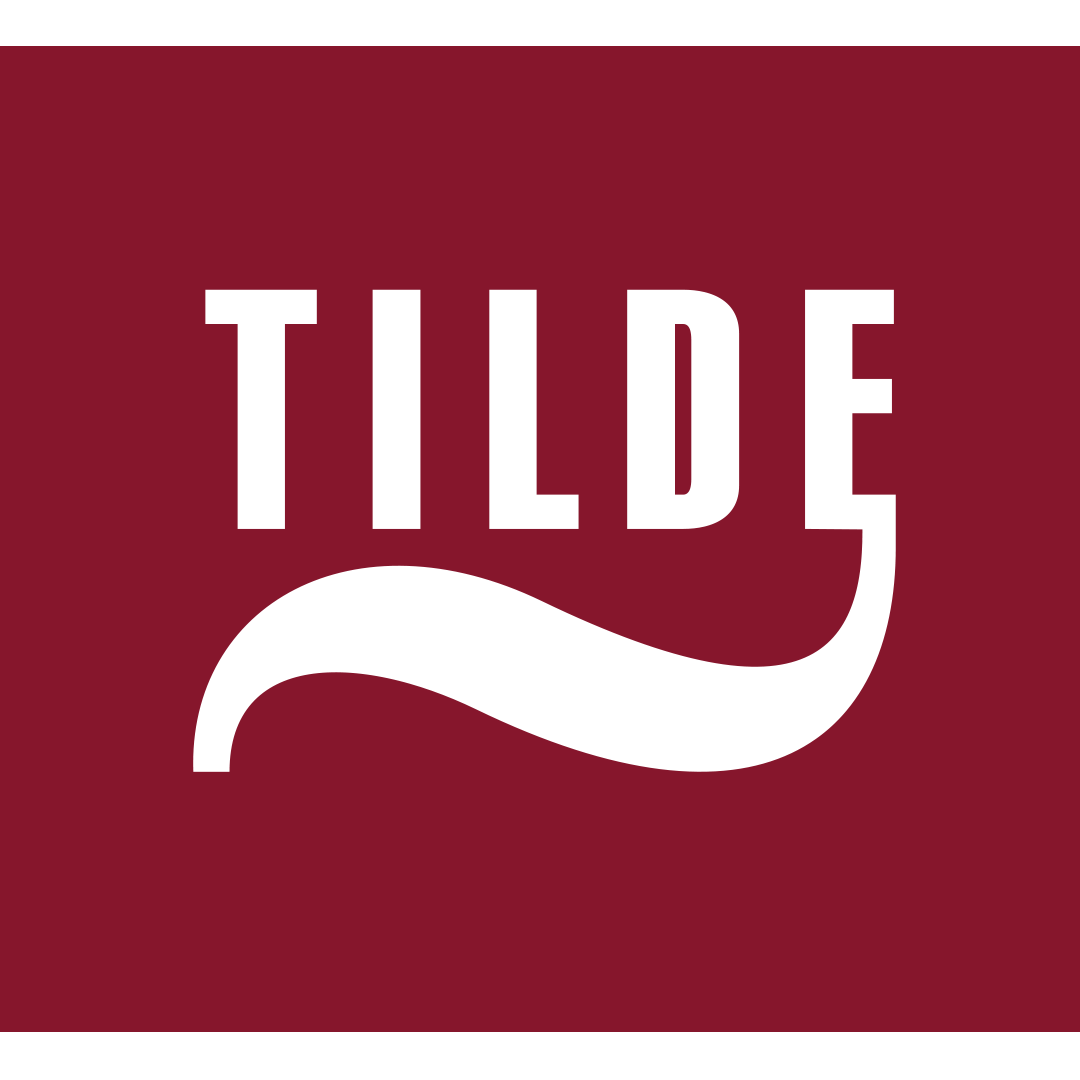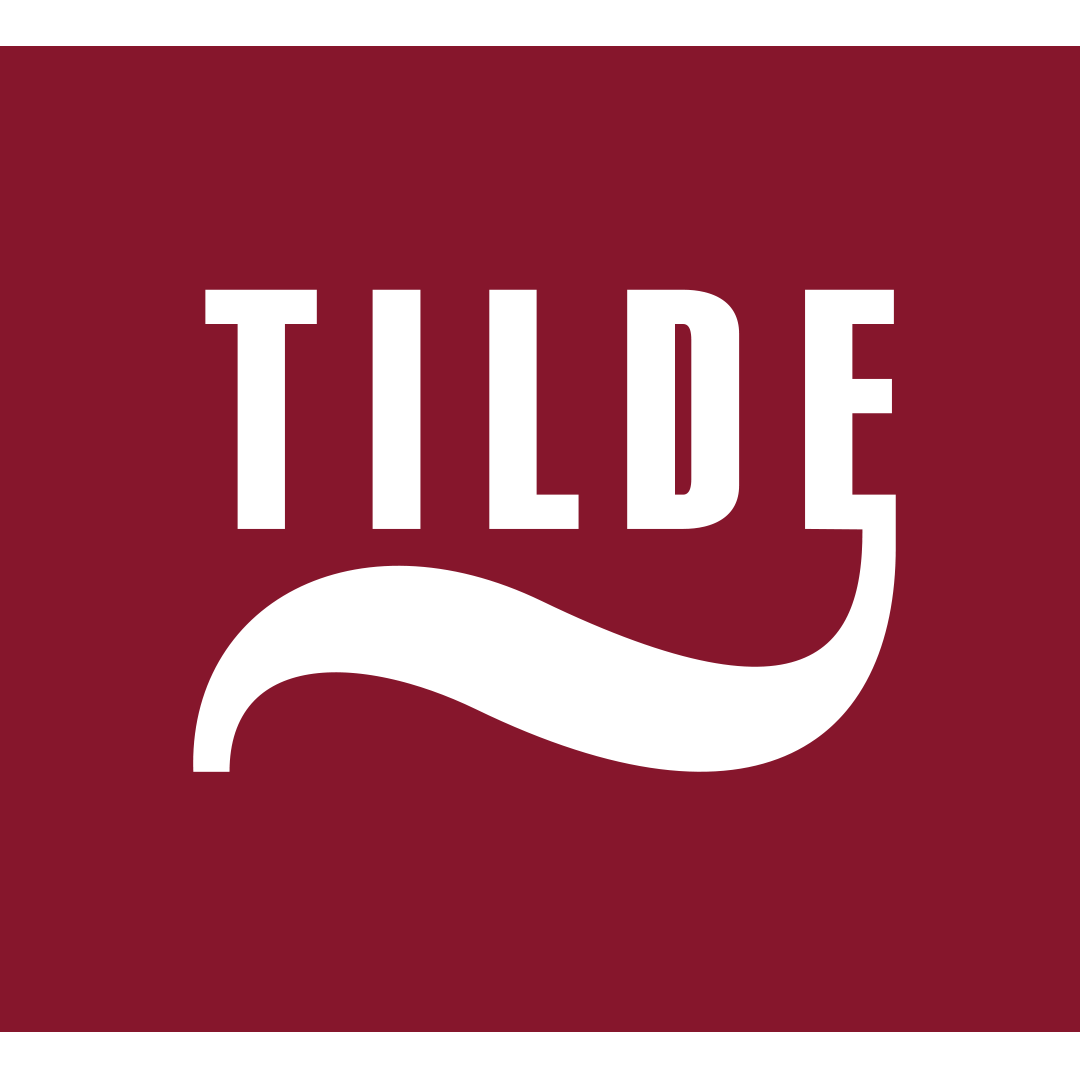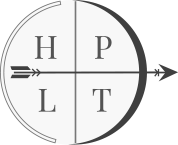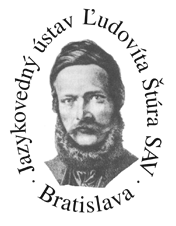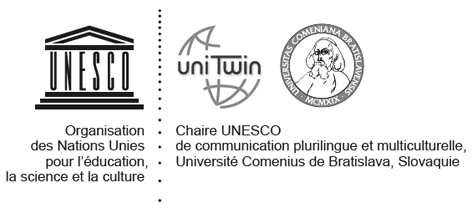Supported by:
Large AI model for Europe's languages
We’re building an open foundational LLM (large language model) for underrepresented European languages – a base you’ll be able to fine-tune for your specific needs. Customisable, secure, and built with European language data at its core.
June 2024
Tilde wins
Large AI Grand Challenge 🙌
September 2024
Model training
begins
Model goes live
on Hugging Face 🎉
Your language deserves better AI
We're making it happen
Why TildeLM?
- Customisable with your own data
- Secure and fully in your control
- Deployable on-premises or in the cloud
- Integrates with existing systems and workflows
- Built as a foundation for advanced AI solutions

The AI foundation you can trust
Custom AI solutions for businesses and organisations 💼
National language model development for governments 🏛️
Powered by LUMI, backed by Europe
The development of TildeLM is supported by the European Commission and powered by LUMI – the fastest supercomputer in Europe. By winning the Large AI Grand Challenge, we’ve been granted 2 million GPU hours on LUMI to execute this ambitious project.

Contribute to a multilingual future

Our promise
Committing to open collaboration
Open access
Integrity and security
We guarantee that TildeLM is safe and free from harmful or inaccurate content, ensuring its reliability for a variety of public use cases.
Knowledge sharing
We are committed to collaboration and sharing insights, inviting partners to work with us in advancing TildeLM for the benefit of all.
Stay in the loop

Frequently asked questions
What is TildeLM?
Why is language equity in LLMs important?
What languages does the TildeLM project focus on?
The project targets Eastern European and Baltic languages such as Bulgarian, Croatian, Czech, Estonian, Finnish, Latvian, Lithuanian, Macedonian, Montenegrin, Polish, Serbian, Slovak, Slovene, and Ukrainian. The model will also support bigger languages such as English, French, German and Russian in balanced proportions to support translation and related multilingual tasks.
